Rate of Clubface Closure
The rate of closure of a driver through the impact zone can affect the curvature of the ball flight trajectory. Here's how it works.
As the clubhead approaches the impact zone, the clubhead begins to rotate in a counterclockwise direction. The direction and force of rotation is determined mainly by the action of the forearms/wrists/hands in squaring the clubface to target in preparation to hit the ball.
Counterclockwise rotation of the clubhead imparts a clockwise rotation on the ball. The clubhead and ball rotations resemble the action of two gears. Clockwise rotation of the ball from this gear effect results in a fade ball trajectory.

The above figure illustrates the gear effect generated by rapid closure of the clubhead through the impact zone. The arrows indicate counterclockwise rotation of the clubhead inducing clockwise rotation of the ball.
How fast the golfer rotates the club is a matter of swing style. Two extremes of style can be considered. One style is to rotate quickly at impact in a flip/roll motion that pronates the trail side wrist over (on top of) the supinating lead side wrist. It's a fast rate of clubhead closure requiring exquisite timing for ball flight accuracy.
Flip/roll is often seen in players who remain relatively square to the target line with minimal hip rotation through impact, an open the clubface during the backswing or the transition to the downswing, and often a wide shot dispersion.
The alternative swing style is to delay or hold clubface rotation through the impact zone. It's an action typically seen in elite players who have significant body rotation through impact and a neutral to slightly closed clubface during the swing. Since the clubface is reasonably square to the target line for a longer time prior to impact, this style can yield greater shot-making accuracy.
Gear-like actions are additive in their effects on ball flight, and is the sum of the rate of closure gear effect, the effects of driver face bulge and roll associated with off-center ball contact, and face angle at impact.






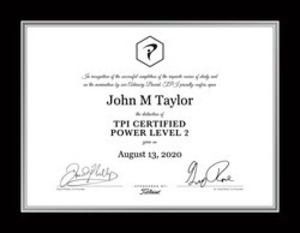




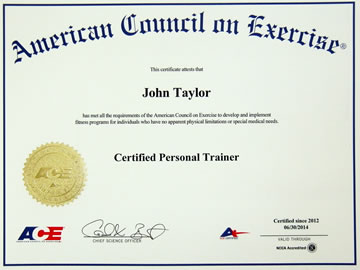
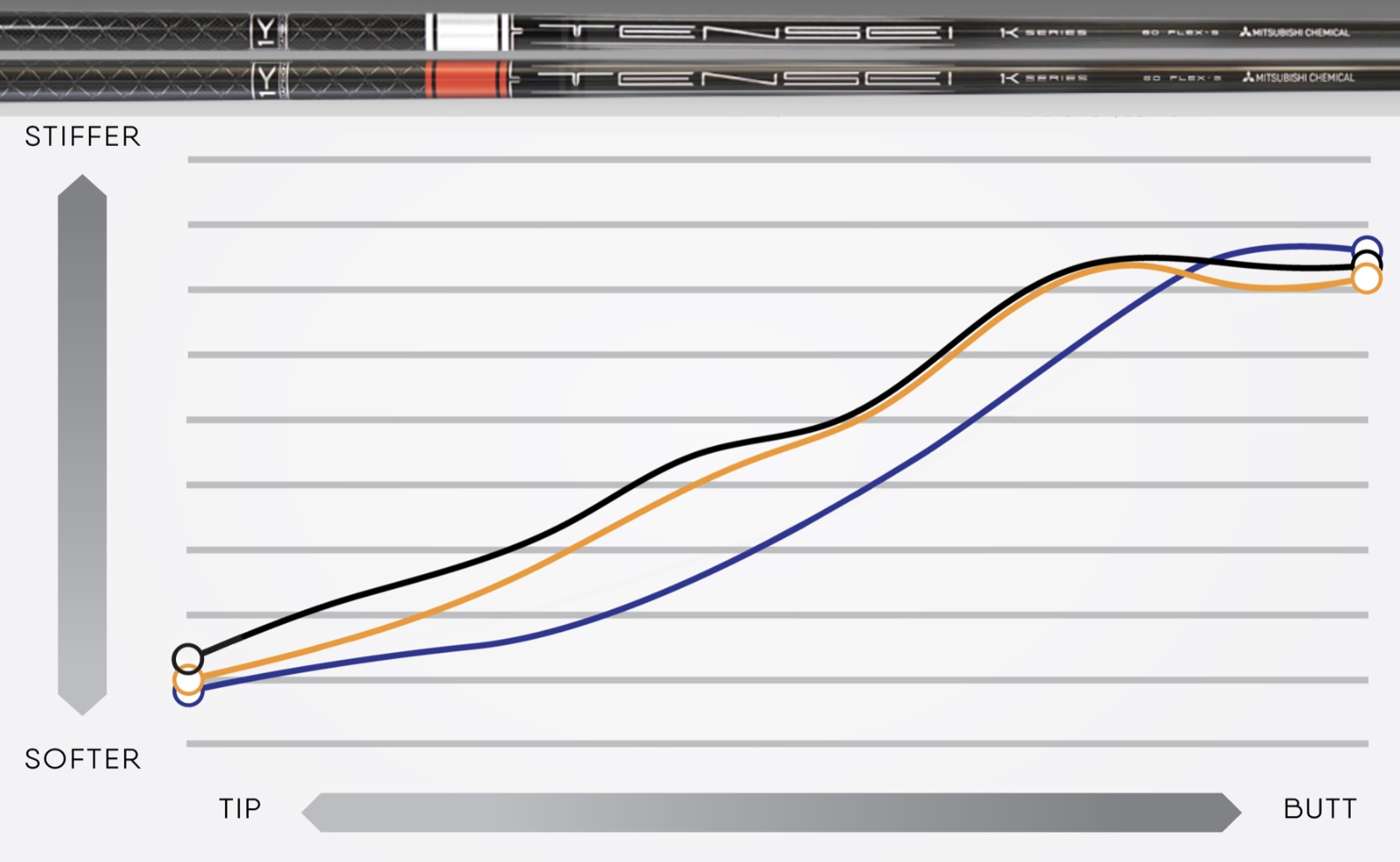
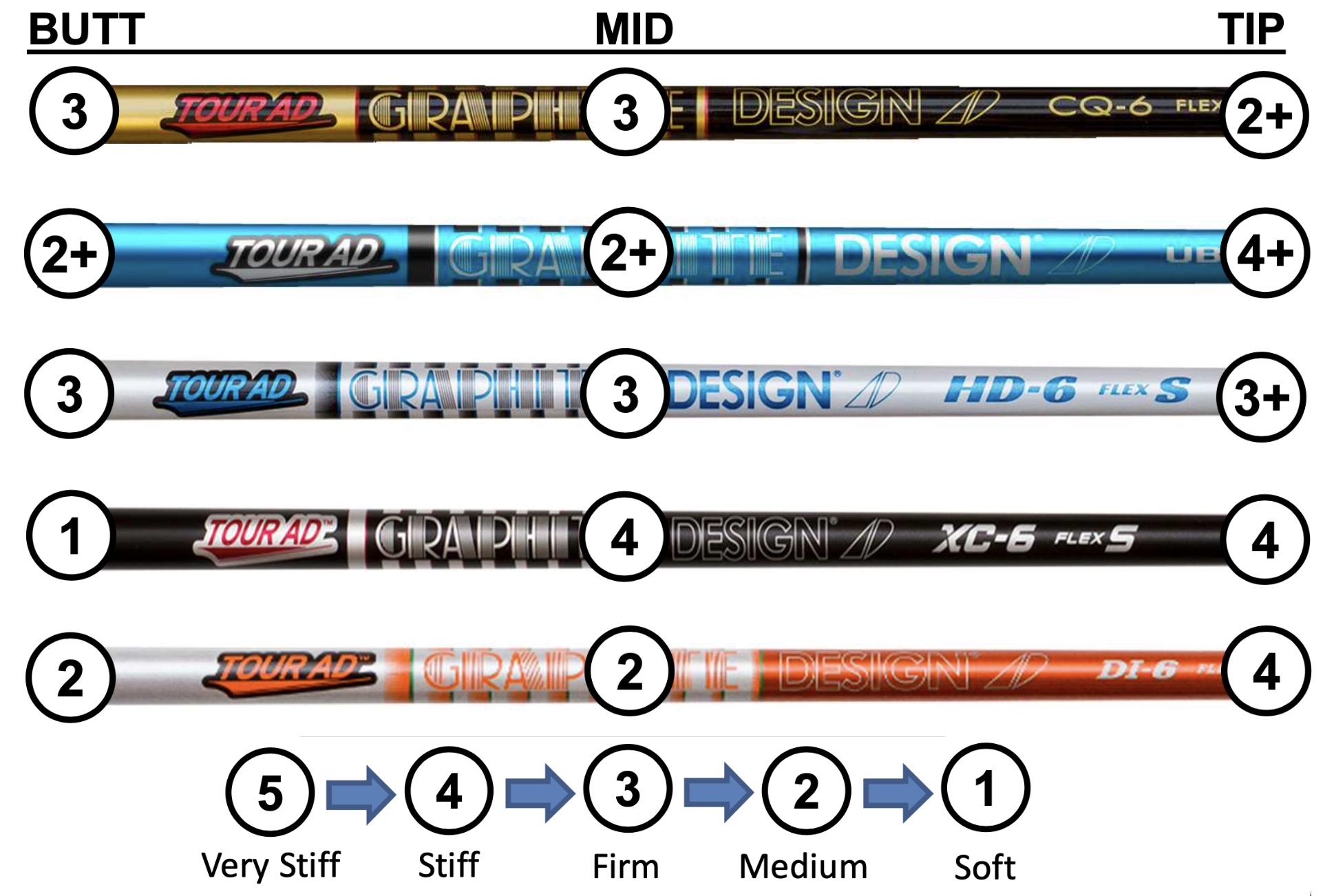










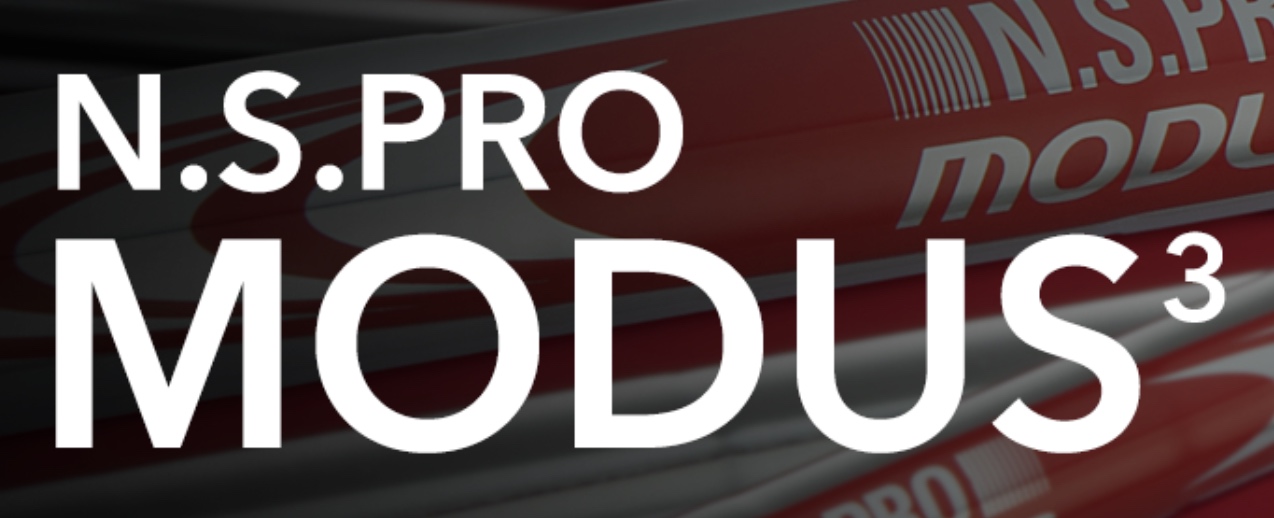


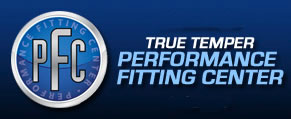

 John Taylor
John Taylor